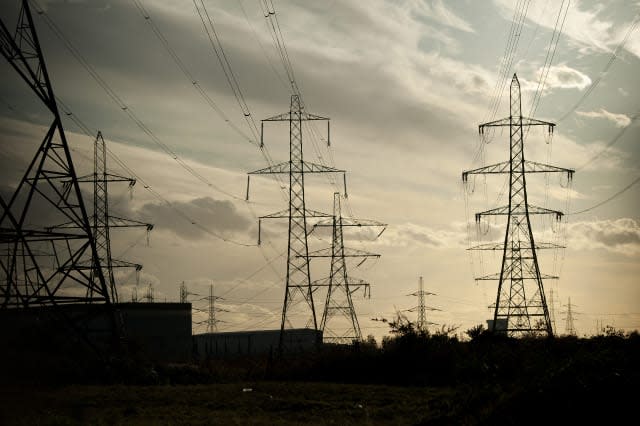UK might need 'emergency measures' to keep lights on

The UK faces its tightest energy crunch in eight years this winter and may be forced to resort to emergency measures to keep the lights on in the event of worse-than-normal weather, it was revealed today.
A report from National Grid found that it expected capacity margin - the gap between total electricity generating capacity and peak demand - of just 4.1%, the narrowest since 2006/7.
Bad weather of the kind seen once every 20 years could see the margin narrow to just 2.8% resulting in the grid failing to meet its "basic reserve requirement" of spare capacity needed to run the system.
Switch to a cheaper energy deal before the costly winter months
It would be forced to adopt contingencies such as paying factories to shut down and supplying reserves from mothballed power stations.
Article continues below

Gas suppliers 'ahead of peak demand'
National Grid said it was finalising contracts with three sites to provide reserve capacity that would widen the margin by 2%.
In its annual Winter Outlook report, it said gas supplies were well ahead of expected peak demand but warned of the uncertain impact of tensions over Ukraine which could strangle off availability from the continent.
The report warned that in the "extreme scenario" of cold winter conditions and Russia cutting off supplies, the UK may have to arrange factory shutdowns as well and rely on expensive imports from markets further afield such as Asia and South America.
Falling North Sea gas supplies "fundamentally changed the dynamics of supply from that of near predictability to considerable uncertainty", it added.
Compare energy deals: see how much you could save
The prospect of an electricity energy crunch has risen since the summer, when a key measure of risk called Loss of Load Expectation (Lole) was forecast at 0.5 hours for the coming winter.
Around the same time, the Grid announced "last resort" measures such as paying industrial users to reduce power usages and supplying reserves from power stations that would otherwise be closed or mothballed.
But since then the Lole risk measure has risen to 1.6 hours, taking into account the fires that have resulted in the permanent shutdown of Ironbridge in Shropshire and the temporary closure of Ferrybridge in West Yorkshire.
Are you concerned at all about the lights staying on? Let us know your thoughts on Facebook

Another power station, at Barking, is also to close, while a planned return to service for four EDF nuclear reactors at Heysham in Morecambe, Lancashire, and at Hartlepool, will see them come back at only 75% capacity.
A fire put half of operations out of action at Didcot B power station in Oxfordshire - which has capacity to supply a million homes - last week. But the affected part of the site is expected to return to around 50% service this week.
National Grid said it had now taken the "sensible precaution" of finalising contracts with power stations at Littlebrook in Kent, Rye House in Hertfordshire and Peterhead in Scotland to provide reserve capacity.
It said the fall in electricity margins this winter was due to planned generator closures, breakdowns and new plant not coming online fast enough to replace them.
Compare energy deals: see how much you could save
Cordi O'Hara, director of market operation, said: "Our analysis shows gas supplies to be in a strong position. Supply sources are diverse, network capacity is healthy and gas storage is well stocked.
"The electricity margin has decreased compared to recent years, but the outlook remains manageable and well within the reliability standard set by Government.
"As system operator, we have taken the sensible precaution to secure additional tools to bolster our response to tighter margins."
Meanwhile, the report also revealed that demand during Christmas week is likely to be higher this year because the feast falls on a Thursday.
Last year when it fell on a Wednesday many workplaces were only partially operational in the week days leading up to Christmas but this time Monday and Tuesday will be normal working days.
Are you concerned at all about the lights staying on? Or are some people worrying for no good reason? Let us know your thoughts on Facebook
Bills on AOL Money
TVs left on standby 'cost £80 a year'
Get up to £8,000 to make your home energy efficient
The Fixer: energy exit fees



